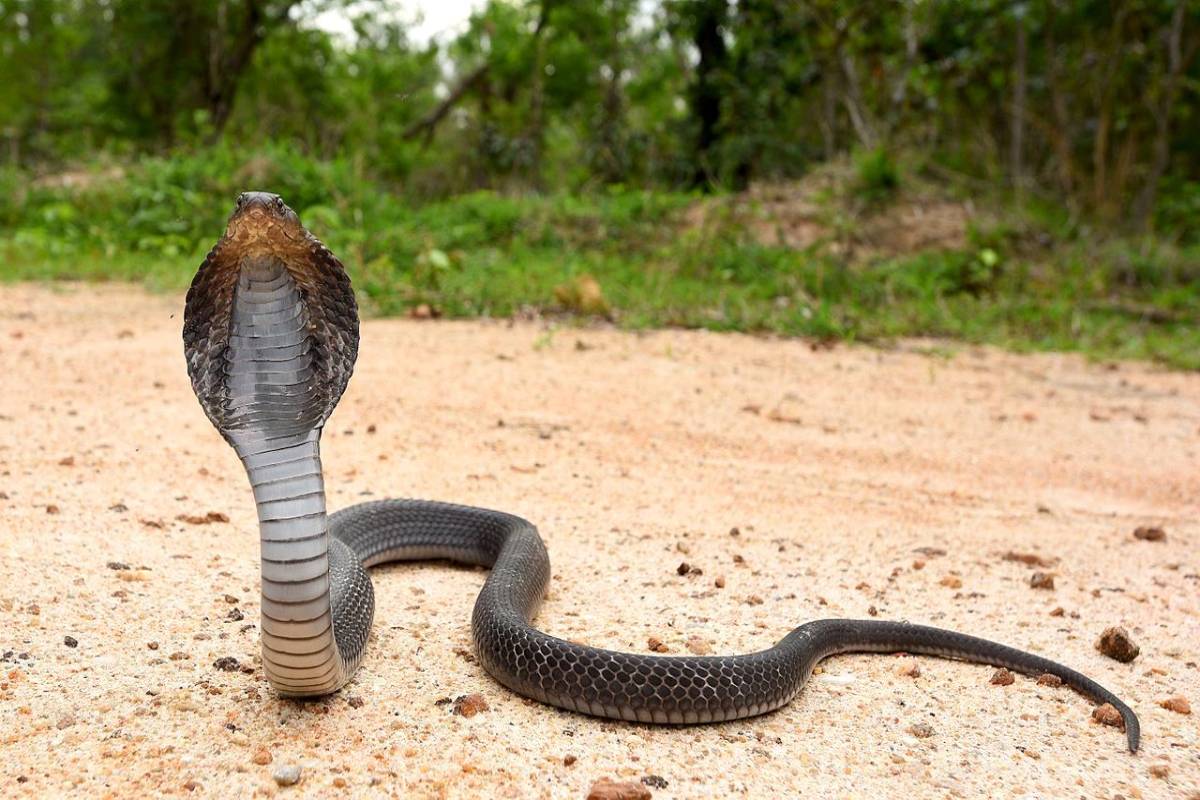NBMCH fails to hand over building to ICMR-NICED
There had been allegations against the NBMCH of delay in handing over the facility to the ICMR-NICED after completion of the necessary formalities.
This is part of the biggest ever study on snakebites in Southeast Asia on 336 blocks of 31 districts, spread over 13 states of 5 zones in India and upon a population of 84 million people by ICMR.

Representation image
For the first time ever Indian Council of Medical Research (ICMR) will conduct a study of poisonous snakebites to human beings for 18 months in 65 taluks, spread over the four districts South 24-Parganas, Jalpaiguri, Bankura and East Burdwan.
This is part of the biggest ever study on snakebites in Southeast Asia on 336 blocks of 31 districts, spread over 13 states of 5 zones in India and upon a population of 84 million people by ICMR.
Talking to The Statesman, co-principal investigator of ICMR Snakebite Task Force and field epidemiologist Dr Omesh Bharti said that the survey and the research work will cover 6.12 per cent of the total population in India. The duration of the study period will be 18 months from April 2022 to October 2023.
Advertisement
“All episodes of snakebites in this population will be prospectively recorded for a period of one year. The study will generate real data on snakebites incidence, mortality, morbidity and socio economic burden for the first time in the country to help decision makers in policy framing to prevent and control snakebite in India. The country still does not know the real snakebite burden and is groping in the dark when it comes to policy framing,” said Dr Omesh Bharti.
Under the study from the four districts of West Bengal – 22 taluks of Bankura (forest and highland) having a population of 40,49,855, 31 taluks of East Burdwan (riverine plain) with a population of 86,96,844, 7 taluks of Jalpaiguri (sub-Himalayan Terai) with a population of 43,60,824, 5 taluks of South 24-Parganas (mangrove forest) with a population of 91,90,368 will be covered.
The Asha workers will be trained and they will do field visits and will visit villages and collect data door-to-door and will fill up the forms.
According to Dr Jaideep C Menon, principal investigator and also a member of the national task force on venoms and toxins, snakebites are the most neglected of all tropical diseases. In fact, it is only in 2017 that snakebite was added back onto the WHO (World Health Organization) list of neglected tropical diseases (NTDs), after being struck off the list in 2013. Geographically, the greatest impact of snake-bite is in the tropical and subtropical regions, with the highest occurrence in India.
Advertisement